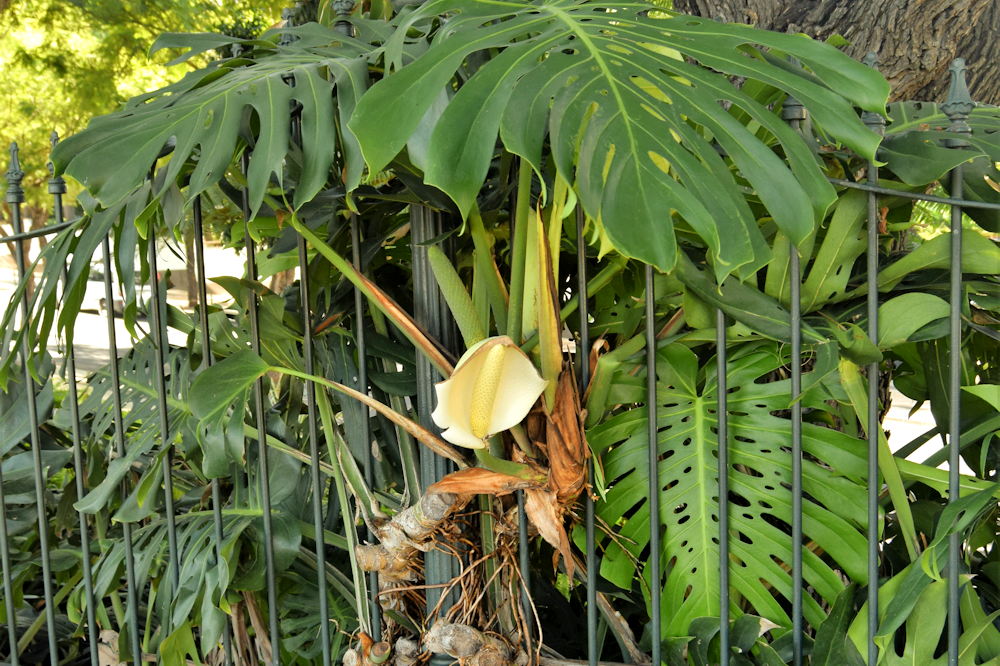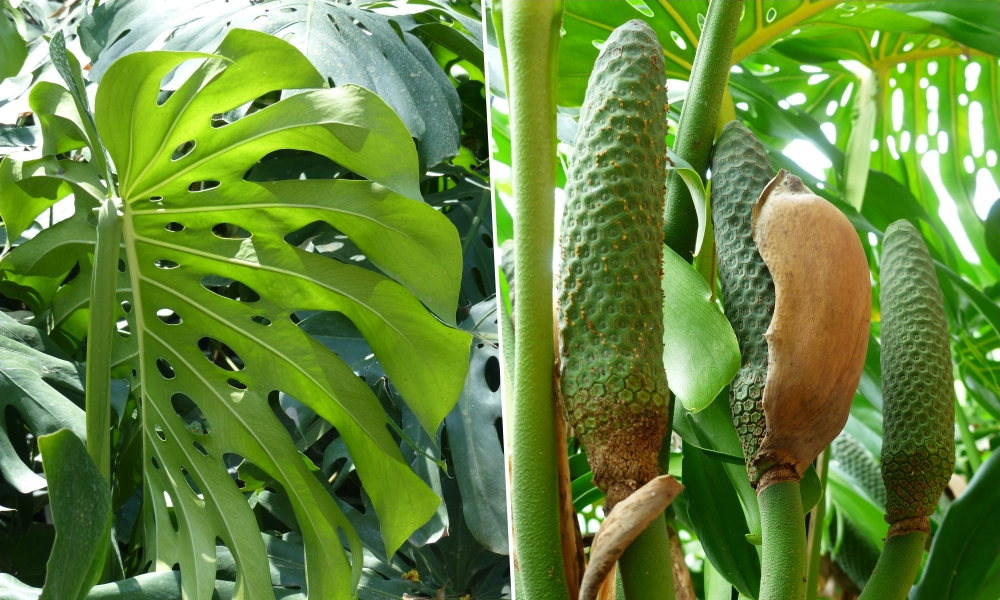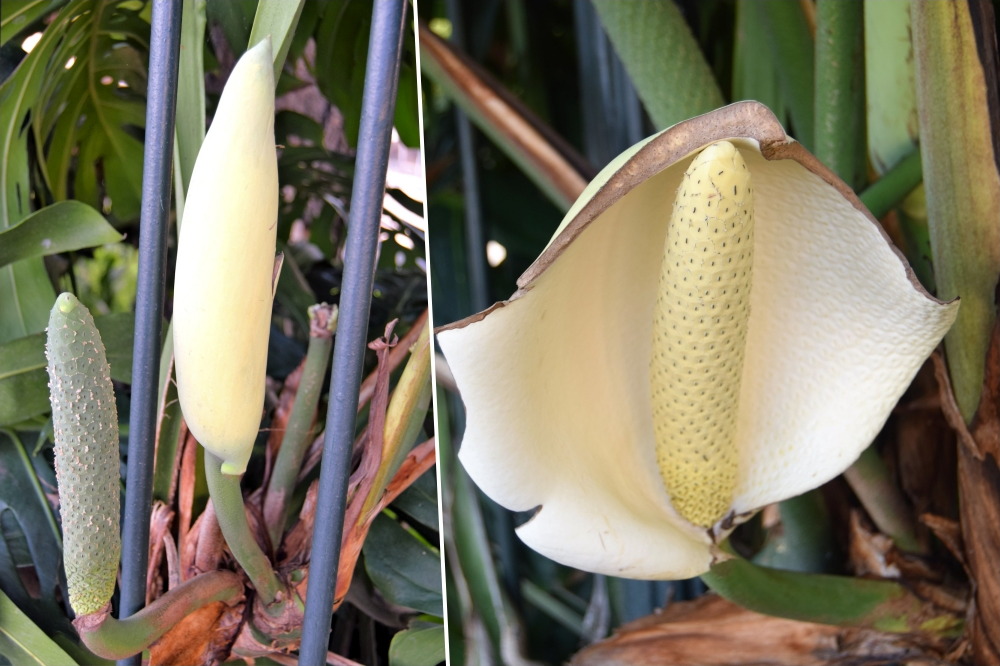For many, the Swiss cheese plant is synonymous with a lush houseplant, its striking leaves gracing living rooms across the world. But did you know that hidden amidst those iconic leaves is a tropical treasure waiting to be discovered? Join us on a journey as we unveil the fascinating world of the Swiss cheese plant and its delectable fruit.
Names and Origin
Monstera deliciosa, often referred to as the Swiss cheese plant, split-leaf philodendron or ceriman, hails from the tropical rainforests of Central America, including Mexico and Guatemala. It boasts several intriguing names across different regions, making it a fascinating botanical specimen with a rich history. This climbing vine has made itself at home in homes worldwide, transcending its origins with its captivating foliage and tantalizing fruit.
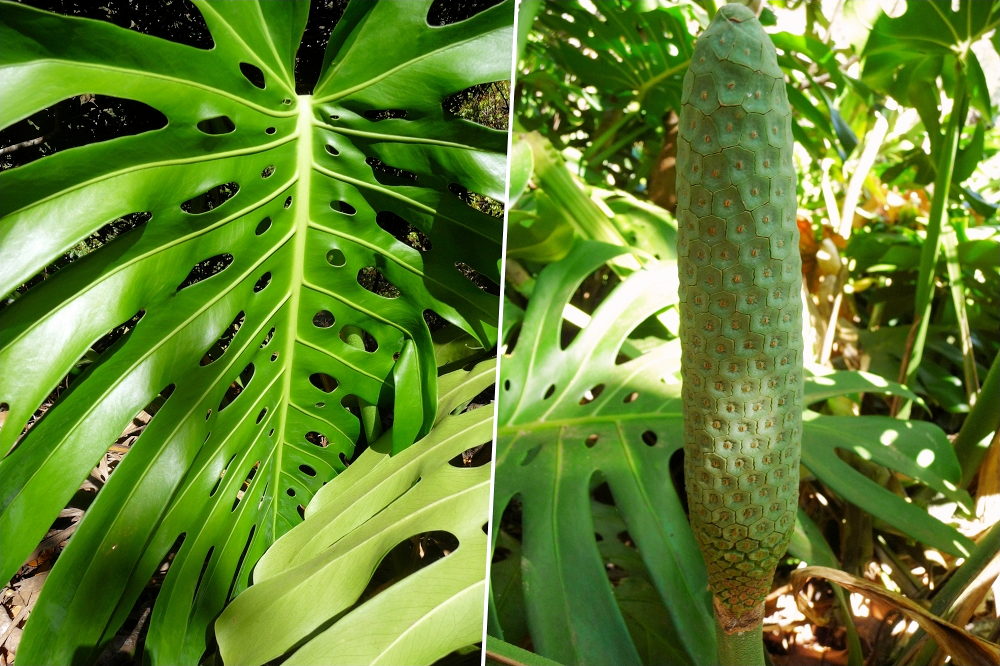
Intriguing Aesthetics
With its large, glossy leaves that feature distinctive fenestrations, the Swiss cheese plant is a botanical masterpiece. These leaves, often likened to Swiss cheese due to their perforations, can grow up to three feet (90 cm) in length, making it a striking addition to any room. Its natural elegance adds a touch of the tropical rainforest to your living space.
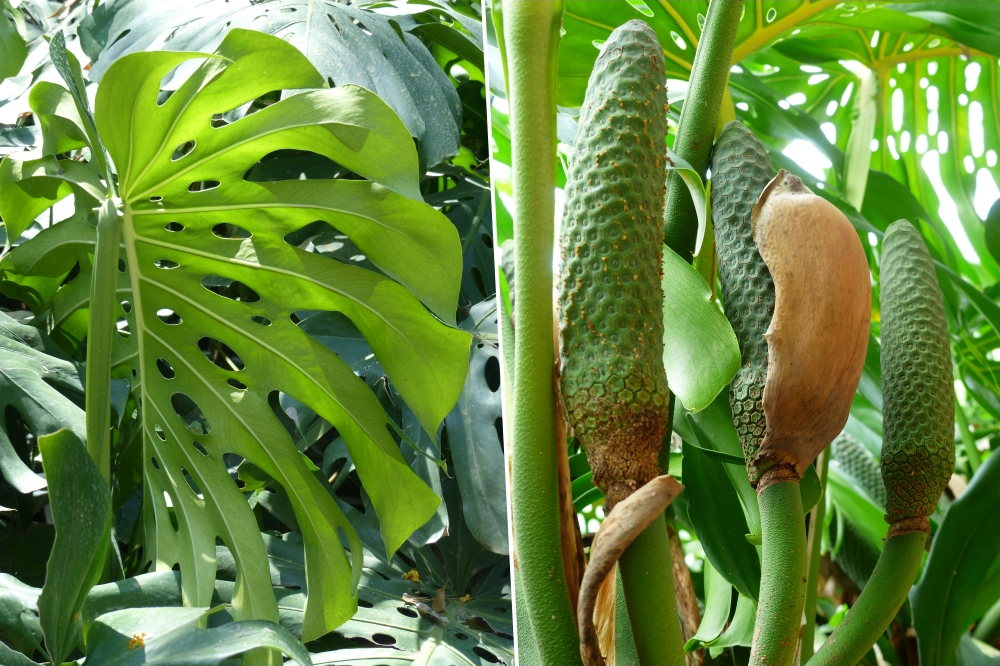
A Taste of the Tropics: Swiss Cheese Plant Fruit
Hidden within the depths of its lush foliage, the Swiss cheese plant bears fruit that is a true tropical delight. Often called the “fruit salad plant,” it resembles a giant ear of corn, covered in hexagonal scales. While green when unripe, it turns a tantalizing shade of yellow when ready for consumption. The intriguing appearance of the fruit only hints at the culinary adventure it promises.
To determine if a Swiss cheese plant fruit is ready to eat, look for signs of ripeness such as a vibrant yellow color, a strong tropical fragrance and a slightly soft texture. The fruit should also easily detach from the plant when gently pulled. When the Swiss cheese plant fruit is ripe, the hexagonal scales on the surface of the fruit become more pronounced and raised. They give the fruit a distinct texture and appearance, and they are a clear indicator of the fruit’s readiness for consumption. These scales are rigid and protective, serving as a covering for the edible flesh within. To consume the fruit, you need to carefully peel away the scales to access the tender, edible segments beneath.
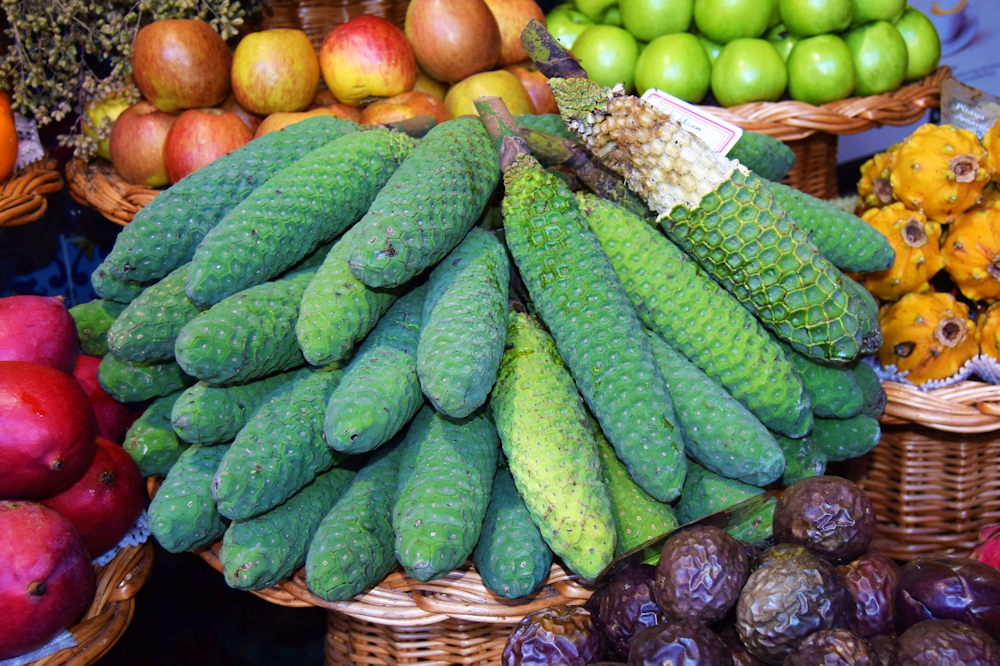
Savoring Swiss Cheese Plant Fruit: A Culinary Adventure
Before indulging in this tropical treat, it’s essential to know how to prepare it. The fruit must be fully ripe to be safe for consumption, as unripe fruit contains toxins. To enjoy, simply peel away the scales, revealing the juicy, sweet flesh within. Some describe its taste as a blend of pineapple, banana and mango, making it a unique addition to fruit salads or smoothies.
Unripe Swiss cheese plant fruit is not edible because it contains toxic compounds, including calcium oxalate crystals. Consuming unripe fruit can lead to severe irritation of the mouth, throat and digestive tract, causing discomfort and potential health risks. Therefore, it’s crucial to wait until the fruit is fully ripe and its toxins have dissipated before enjoying its sweet and delicious flesh.
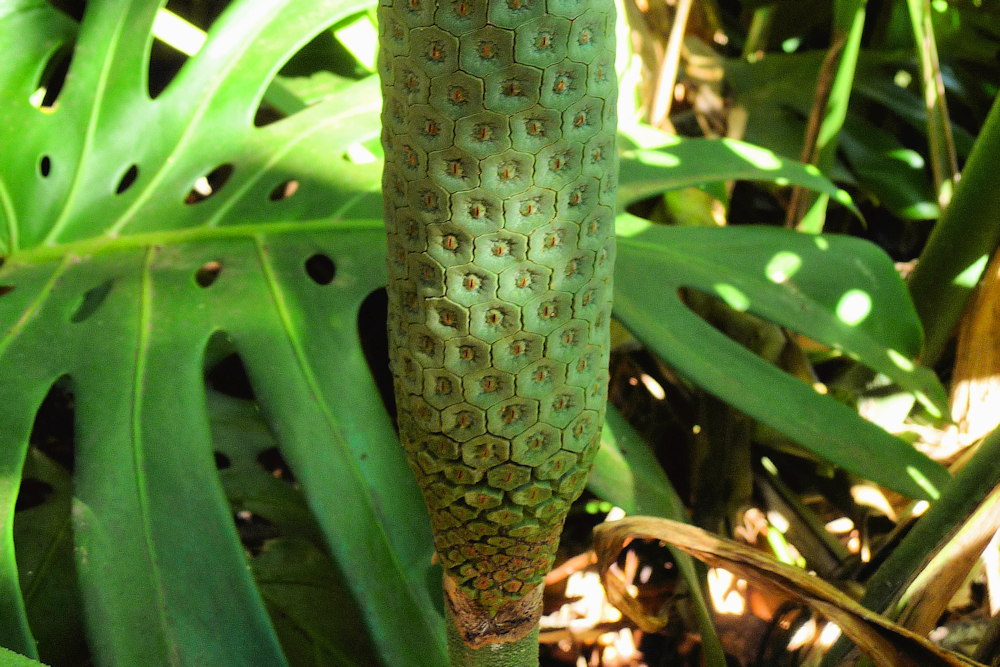
Growing and Sourcing Swiss Cheese Plant Fruit
If you’re a green thumb enthusiast, you can cultivate your Swiss cheese plant and experience the joy of harvesting its fruit at home. Alternatively, you can find this exotic fruit in select tropical markets or specialty stores. Remember to choose ripe fruit for the best culinary experience.
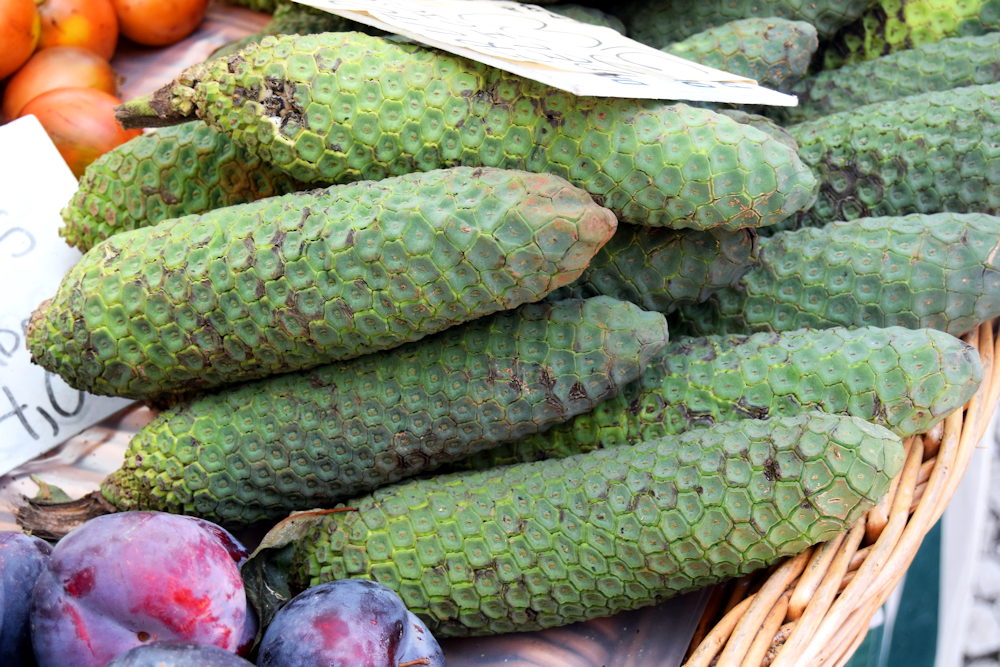
Unearthing the Secrets of the Swiss Cheese Plant
- Botanical Oddity: The Swiss cheese plant, Monstera deliciosa, is not only an ornamental houseplant but also a distant relative of the common philodendron.
- Air-Purifying Properties: Beyond its exotic allure, this plant is known for its air-purifying capabilities, making it a popular choice for interior decor.
- Artistic Inspiration: The unique appearance of its leaves has inspired artists and designers for generations, leaving an indelible mark on various art forms.
- Roots of Healing: In traditional medicine, extracts from the Swiss cheese plant have been used to treat wounds and infections.
- Natural Climber: In its natural habitat, this plant can grow up to 70 feet (21 m) tall, using its aerial roots to cling to trees and rocks.

Swiss Cheese Plant: Nature’s Delicious Surprise
Beyond its role as an ornamental houseplant, the Swiss cheese plant offers a delightful twist – a luscious, exotic fruit waiting to grace your taste buds. Originating from the lush rainforests of Central America, this plant captivates with its striking appearance and culinary potential. So, why not embark on a botanical adventure and savor the tropical treasure that is that is the Swiss cheese plant fruit? Your palate will thank you for the discovery of this delicious secret.
